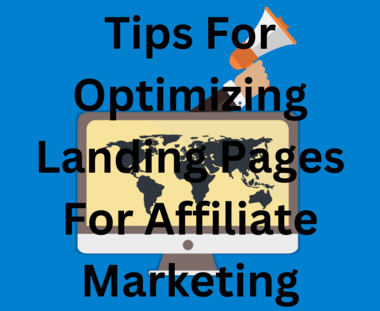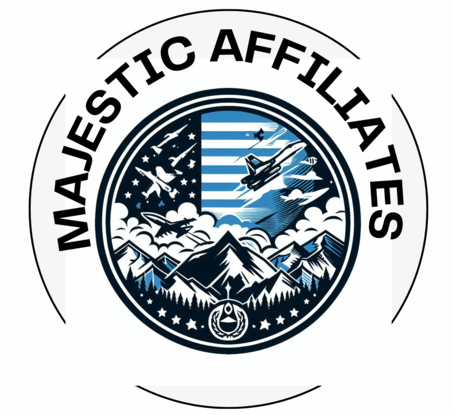Landing pages play a pivotal role in the success of affiliate marketing campaigns. An optimized landing page can significantly improve conversion rates, leading to increased affiliate revenue. In this guide, we’ll explore essential tips for optimizing landing pages specifically tailored for affiliate marketing.

1. Clear and Compelling Headlines
a. Clarity and Relevance:
Craft a headline that clearly conveys the value proposition of the affiliate product.
Ensure relevance to the user’s search intent or the content that led them to the landing page.
b. Use Actionable Language:
Incorporate actionable verbs that encourage visitors to take the desired action.
Create a sense of urgency or exclusivity when applicable.
2. Engaging and Concise Copy
a. Highlight Benefits:
Clearly articulate the benefits of the affiliate product or service.
Focus on how it solves the user’s problem or fulfills a need.
b. Scannable Content:
Break content into digestible sections with subheadings, bullet points, and short paragraphs.
Users should quickly grasp the main points even with a brief scan.
3. Strategic Use of Visuals
a. High-Quality Images:
Include high-resolution images or graphics related to the affiliate product.
Images should complement the overall design and showcase the product’s features.
b. Video Content:
Embed video content for a more immersive experience.
Videos can provide demonstrations, testimonials, or additional product information.
4. Prominent Call-to-Action (CTA)
a. Clear CTA Buttons:
Use visually striking CTA buttons with clear and action-oriented text.
Place CTAs strategically, ensuring they are easily accessible without excessive scrolling.
b. Limited Choices:
Minimize distractions by providing a focused set of choices.
Too many options can lead to decision paralysis; guide users toward the primary CTA.
5. Responsive Design
a. Mobile Optimization:
Ensure the landing page is optimized for mobile devices.
Responsive design improves user experience and accommodates a diverse range of devices.
b. Page Loading Speed:
Optimize images and minimize unnecessary scripts to enhance page loading speed.
A fast-loading page improves user satisfaction and reduces bounce rates.
6. Trust-Building Elements
a. Testimonials and Reviews:
Include genuine testimonials or reviews from satisfied customers.
Testimonials build trust and provide social proof of the product’s effectiveness.
b. Trust Badges:
Display trust badges, security seals, or certifications.
Assure visitors that their information is secure and instill confidence in your affiliate product.
7. A/B Testing
a. Iterative Testing:
Conduct A/B testing on various elements, including headlines, CTA buttons, and images.
Continuously iterate based on the performance data gathered.
b. Conversion Tracking:
Implement conversion tracking to monitor the effectiveness of your landing page.
Analyze data to make informed decisions for ongoing optimization.
8. Compelling Offers and Incentives
a. Limited-Time Offers:
Introduce scarcity or limited-time offers to encourage prompt action.
Highlight exclusive deals or promotions for added incentive.
b. Value-Added Incentives:
Provide additional value, such as free trials, downloadable resources, or exclusive access.
Incentives enhance the perceived value of the affiliate product.
Conclusion
Optimizing landing pages for affiliate marketing involves a strategic combination of persuasive copy, engaging visuals, clear CTAs, responsive design, trust-building elements, and continuous A/B testing. By focusing on user experience, conveying the product’s value, and implementing data-driven improvements, affiliates can create landing pages that convert visitors into satisfied customers, ultimately maximizing their affiliate revenue.
